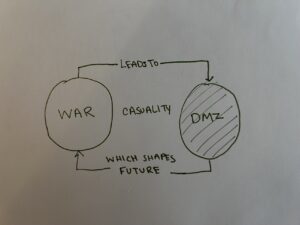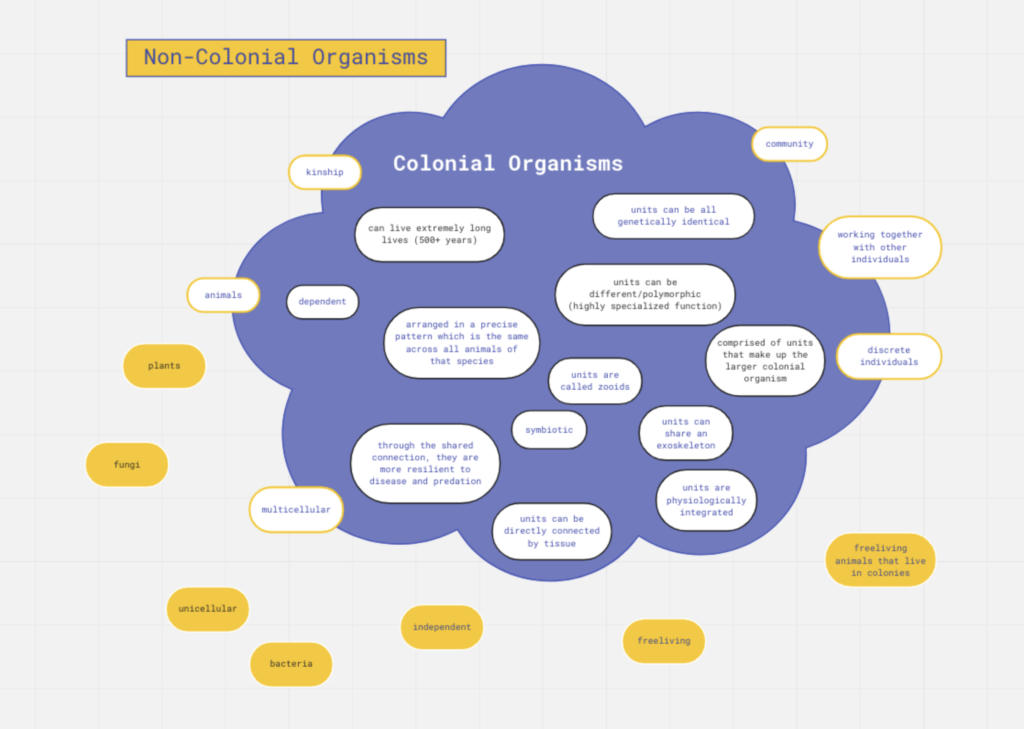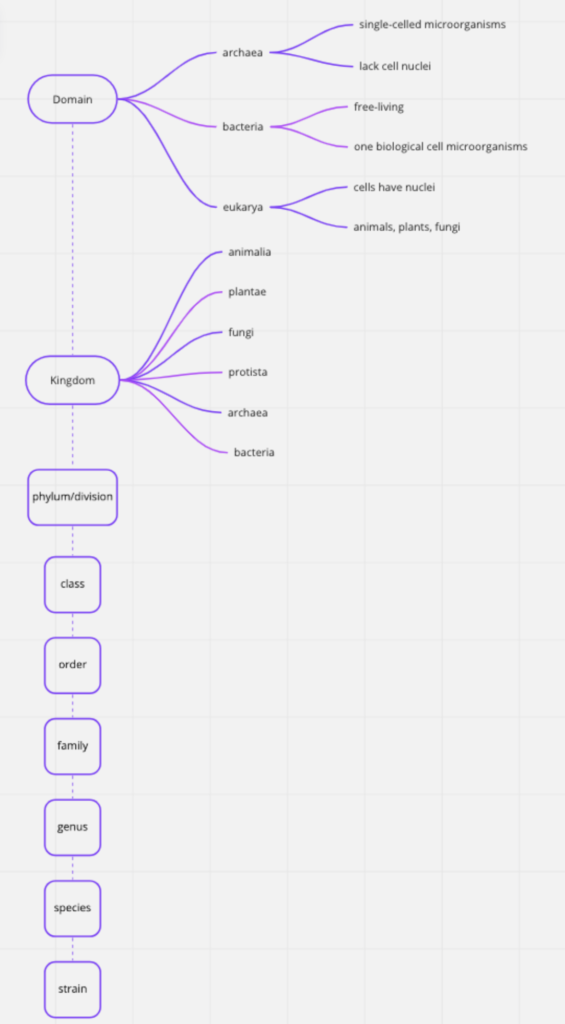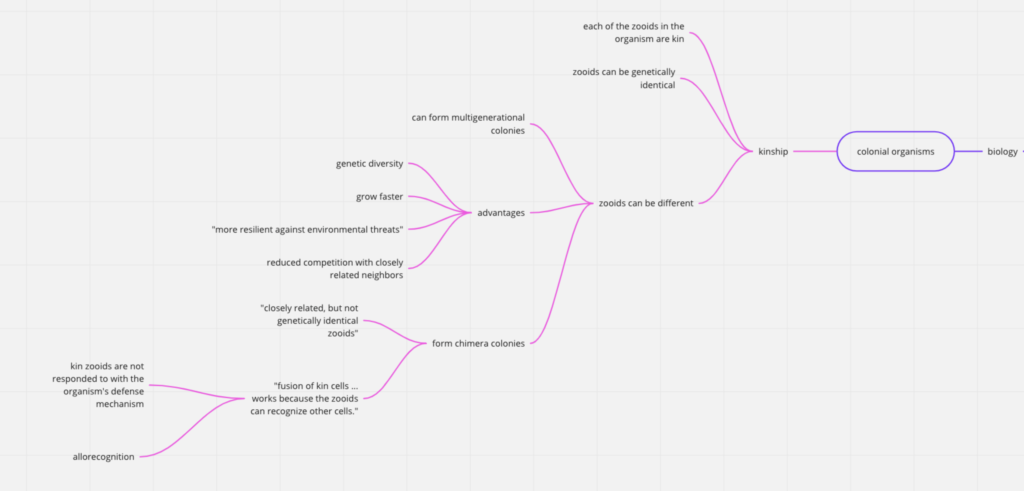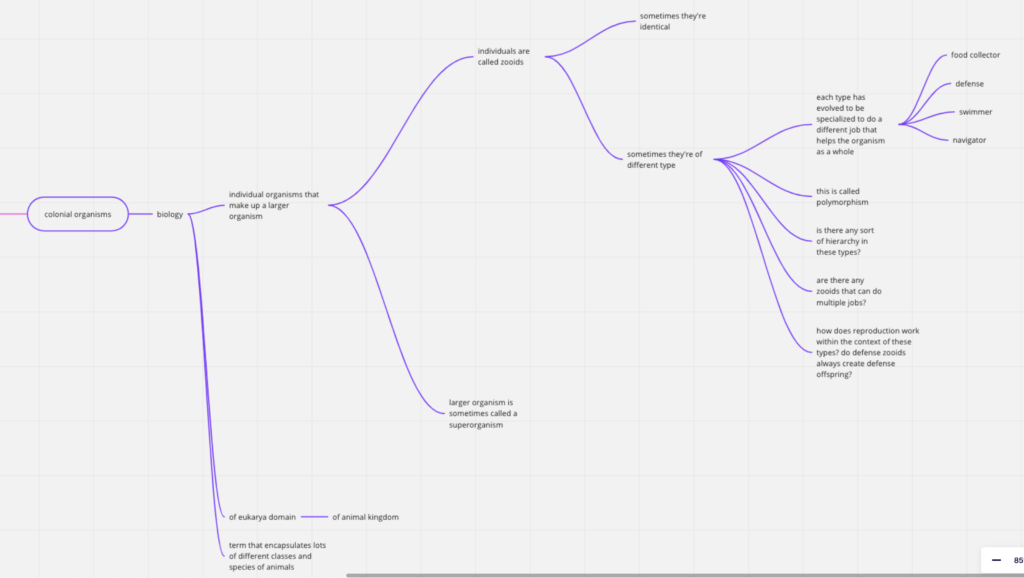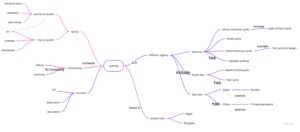Systems Thinking Response
- Which system (type of stakeholder) that Easterbrook identified did you find your own understanding of GMOs most aligned with? Why? What are some of the stakes of these stakeholders?
The system that Easterbrook identified that aligned most with is “A system of ecosystems and contaminants that weaken them”. I think that the effect GMOs have on so many other ecosystems besides crops and farming. There are so ecosystems that touch farming, which includes human survival, that GMOs can cause too much harm to. Spreading GMOs has already proven to negatively effect neighboring ecosystems, so to attempt it again, the scientists conducting the experiment would need to prove what steps are being done to prevent similar mistakes. A stake of this stakeholder is creating balance between interacting ecosystems, which means promoting scientific research that does not effect neighboring ecosystems and can be recalled if needed.
- Using your own topic for research, can you Identify 3 stakeholders (groups or phenomenon) with different perspectives, and then describe the system (the stakes) from which they are operating? For instance, if the subject is “Safari Parks”, 3 stakeholders could be (1) Animal Rights activists, (2) the region’s Board of Tourism, and (3) the local land itself. The first operates in a system of ethics around the treatment of animals; the second in a networked system of economic benefits for the community (hotels, food, and attractions), and the third, in an ecosystem that the safari park may put at risk, by introducing pollutants from animal waste and fertilizer, and ecological competitors such as escaped non-indigenous plant products used in the landscaping of the Safari Park.
For my topic, “bark”, some stakeholders include:
- Trees that are protected by bark
With bark, trees are operating in a system of survival. It protects them from the outside world, transports nutrients throughout its system, and maintains moisture in dry temperatures.
- Animals who eat bark for nutrition
Certain animals are known to strip tree bark for food, which includes beavers, black bears, mice, and squirrels, also operate in a system of survival.
- Humans who can create medicine with bark
Some of the earliest medicine created were made from bark. They have active ingredients, such as alkaloids, essential oils, carbohydrates, vitamins, and antibiotics that can be used in ointments, rubs, hair fluids, and other mixtures. Therefore, humans operate in a system of health and economic benefits for the human race.

